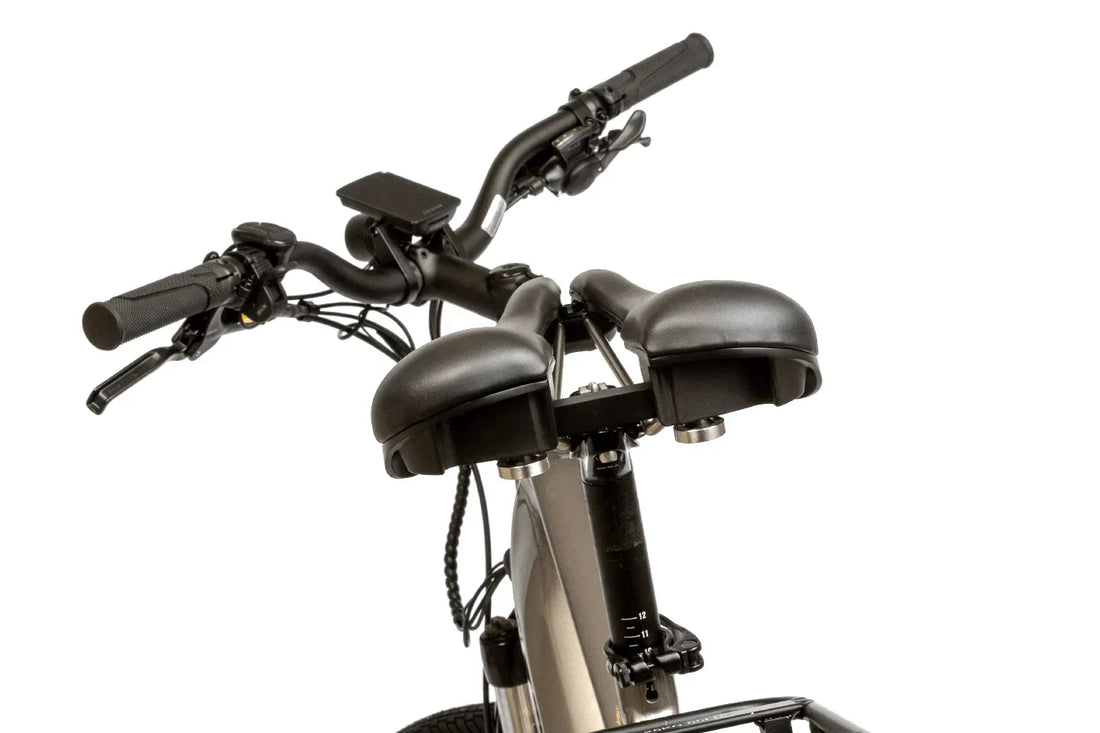
Part 6: Structural Integrity
Share
Structural Integrity
Structural integrity of the seat was my primary concern. The seat is not rigid. The front of each seat half is securely attached to the nose with bolts. The back of each seat half has a square opening that slides on a rail so the rider can change the width. To let the halves slide, there needs to be a small clearance between the halves and the rail. That clearance allows the seat to flex slightly.

It is difficult to simulate the loads on a bike seat with software like FEA (finite element analysis). There are too many variables: rider size, seat width, seat angle, pedaling effort, and terrain. Even with pedal assist on an e-bike, a climb can require significant pedal force.
I am 6'3" and weigh 240 lbs. I rode my prototype seat hard. I made it a point to ride with the seat in the widest position position as much as possible. In the widest position, the seat has the most flex because the halves extend farther from the rail than in the other positions. If there were going to be problems with the design, I wanted to find out early, not after we invested in production molds.

I disassembled and inspected my prototype multiple times during more than 500 miles of test rides. I looked for cracks, wear, or any sign of fatigue in the structural parts. I did not see any. I am 100% confident in the structural integrity of the seat.